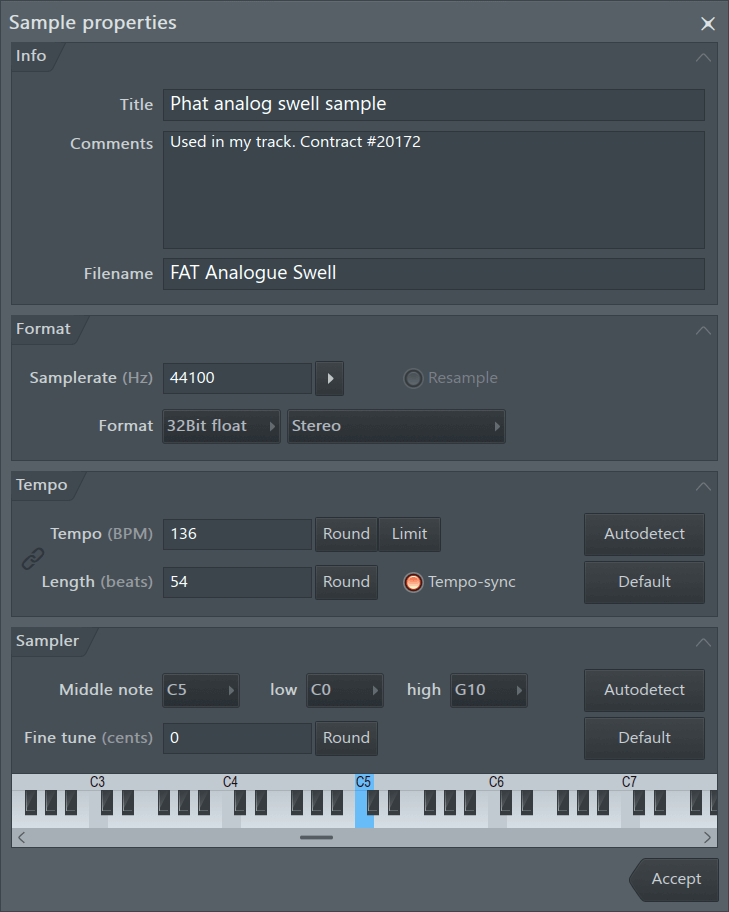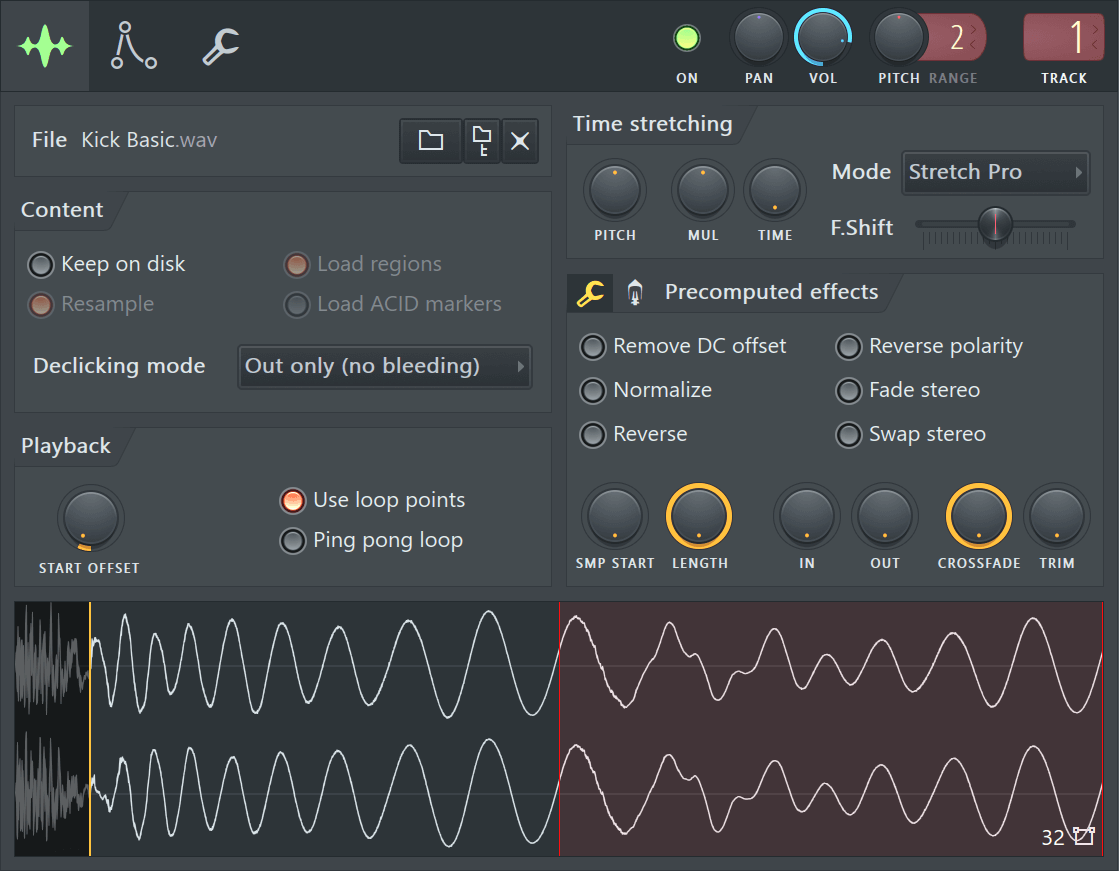OH!!
sorry
Yes, reverse polarity is the same as inverting the positive and negative signal. Polarity is a reference to the signal’s position or voltage above or below the median line. A device which inverts the polarity of a signal will simply swap positive voltage to negative voltage and vice versa. These options control how the sample and meta-data within it are handled: Keep on Disk - For FL Studio 32 Bit this can be used to free virtual memory allocation allowing more and/or larger Audio Clips / Sampler Channels to be used in the project. Sample data is moved from FL Studio's virtual memory allocation to a separate memory allocation. For FL Studio 32 & 64 Bit - It can.
Inverse Polarity is what you said... doesn't matter
does this help:

inverse polarity' in the sense that you're describing is known as 'Differential transmission' and simply means that you have two wires with opposite voltages on them - i.e. when one wire has a high voltage, the second has a low volatage, and vice-versa. The technical answer is phrased a bit differently - rather than referring to a high and a low voltage, what you're really measuring is the voltage difference between the two wires. Imagine hooking a voltmeter between the two wires - a '1' may be transmitted by having a positive voltage appear on the voltmeter; a '0' may be transmitted by having a negative voltage appear on the voltmeter. It's really no harder than this.

The reason is relatively simple - every wire in the universe is also an antenna, and picks up stray signals. You can imagine that this can be a huge problem when you imagine running a 100 meter length of twisted-pair ethernet cable. That's one big antenna. So, how do you eliminate the stray signals?
You start off by twisting the wires together. If you open up any modern communications cable (USB, Ethernet, Firewire, etc) you'll notice that the data wires are twisted around each other. Because of this twisting and the consequent extremely close coupling between the wires, almost all of the stray signals picked up by one wire are also picked up by the other one. So, now you have two noisy signals rather than one - doesn't seem like we've gotten anywhere, ehh?

Well, now we do some mathematics. Imagine the signal in one wire is (S+N), where S is the original signal, and N is the noise it's picked up. The signal in the second wire will then be (-S + N), where the signal is exactly the opposite of the first wire, but the noise is the same (it didn't get inverted). What happens when you subtract the second signal from the first?
Result = (S+N) - (-S + N)
Result = S + N + S -N
Result = 2S
What happened? We ended up with twice the amplitude of the first signal, and all of the noise got cancelled out!
Fl Studio Free
As to how you generate a signal, it's pretty easy. In order to transmit a signal down a cable, you normally run it through an amplifier inside whatever electronics it starts from. Note that in this sense, the 'amplifier' is a tiny circuit, not a big black box with a dial that goes from 0 to 11, though the big black box probably has a bunch of the tiny amplifiers.
Anyway, in order to generate this differential signal, you run it through two seperate amplifiers - one an Inverting amplifier (google it, or simply accept that this exists), one a non-inverting amplifier. Presto, the two outputs are attached to a wire, and you have a differential signal.
Fl Studio 12 Free Download
I didn't write that BTW
Fl Studio Reverse Polarity Acapella
I'm new to this forum and to LMMS. I had been playing with FL studio some years ago. In the meanwhile I switched from windows to Ubuntu and I'm considering allocating some time to music mixing/composition again. LMMS looks like a very nice tool.
The Question:
Does LMMS has, at any sound processing level, the option to invert/reverse the polarity of an input sample? For those familiar to FL studio, this is accessible there as a tickbox ('Reverse Polarity') in the SMP tab of the channel settings menu.
This should literally invert the wavefront of the sound, an effect that the ear can't recognize, but can be used very effectively for signal extraction, for instance when one wants to extract the voice part from a song, while leaving out the beat, drums etc. This can be sometimes done (depending on the song) by overlapping the original (input) song with the inverted one and translating one of them by a certain number of beat sequences (16,32,64 ... beats).
Thanks!
Alex